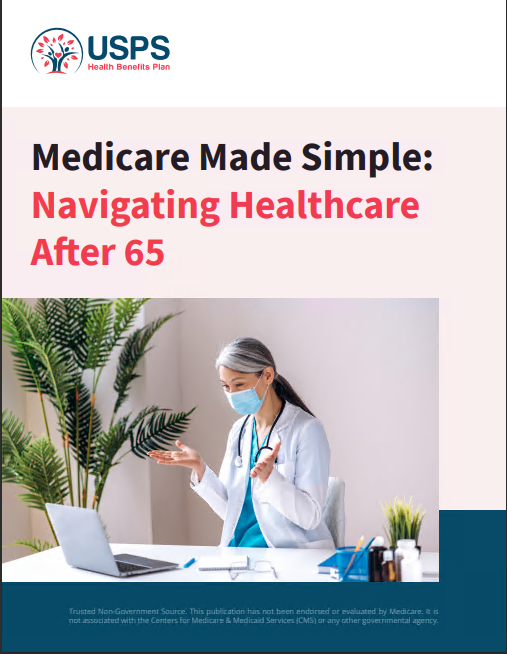Key Takeaways
- Understanding the true cost of Medigap involves analyzing premiums, deductibles, and out-of-pocket expenses to make informed financial decisions.
- Comparing Medigap with Medicare Advantage plans and employing strategies to reduce costs can help beneficiaries optimize their healthcare coverage.
The True Cost of Medigap: Insights into Premiums and Additional Expenses
Medigap, also known as Medicare Supplement Insurance, is designed to fill the gaps in Original Medicare (Parts A and B) coverage. While Medigap can provide significant financial protection and peace of mind, it is essential to understand the costs associated with these plans. This article delves into the true cost of Medigap, exploring premiums, deductibles, and out-of-pocket expenses to help you make informed decisions about your healthcare coverage.
Understanding Medigap Premiums
Medigap premiums are the monthly fees you pay to maintain your coverage. Unlike Original Medicare, where premiums are standardized across the country, Medigap premiums can vary significantly based on several factors:
- Plan Type: Different Medigap plans (e.g., Plan A, B, C, D, F, G, K, L, M, N) offer varying levels of coverage. Plans with more comprehensive coverage typically have higher premiums.
- Age: Some states allow insurers to use age as a factor in determining premiums. There are three primary pricing methods:
- Community-rated: Premiums are the same for everyone, regardless of age.
- Issue-age-rated: Premiums are based on your age when you first purchase the policy and do not increase as you age.
- Attained-age-rated: Premiums are based on your current age and increase as you get older.
- Location: Premiums can vary by geographic location due to differences in healthcare costs and state regulations.
- Health Status: In some cases, insurers may use medical underwriting to set premiums based on your health status, especially if you are applying outside of your Medigap open enrollment period.
- Gender: Some insurers charge different premiums for men and women.
- Tobacco Use: Smokers may pay higher premiums compared to non-smokers.
Examples of Medigap Premiums
To provide a clearer picture, here are examples of average monthly premiums for some popular Medigap plans (these figures are illustrative and can vary based on the factors mentioned above):
- Plan F: $150 to $200 per month
- Plan G: $120 to $180 per month
- Plan N: $90 to $140 per month
Deductibles in Medigap Plans
Most Medigap plans cover the Medicare Part A and Part B deductibles. However, there are specific plans, such as Plan F and Plan G, that offer high-deductible versions. For these high-deductible plans, you must pay all costs up to a set amount before the plan begins to pay.
For instance, the high-deductible Plan F has a deductible of $2,490 in 2024. This means you need to pay $2,490 out of pocket before the plan starts covering costs. High-deductible plans typically have lower premiums compared to their standard counterparts, making them a viable option for those willing to pay more upfront in exchange for lower monthly costs.
Additional Out-of-Pocket Expenses
While Medigap plans significantly reduce out-of-pocket expenses, there are still costs that beneficiaries need to consider:
- Coinsurance and Copayments: Most Medigap plans cover Medicare Part B coinsurance, which is typically 20% of the Medicare-approved amount for outpatient services. Plans K and L, however, cover a percentage of these costs, requiring you to pay some portion out-of-pocket.
- Excess Charges: Some providers may charge more than the Medicare-approved amount for services (up to 15% more, known as the Medicare Part B excess charge). Plans F and G cover these excess charges, but other plans do not, leaving beneficiaries responsible for the additional costs.
- Foreign Travel Emergency: If you travel outside the United States, Medigap plans C, D, F, G, M, and N cover 80% of emergency medical costs after meeting a $250 deductible. However, there is a lifetime limit of $50,000, so additional travel insurance may be necessary.
- Prescription Drugs: Medigap plans sold after January 1, 2006, do not cover prescription drugs. Beneficiaries need to enroll in a separate Medicare Part D plan to cover medication costs.
- Vision, Dental, and Hearing: Most Medigap plans do not cover routine vision, dental, or hearing services. Beneficiaries may need to purchase separate insurance policies or pay out-of-pocket for these services.
Cost Comparison: Medigap vs. Medicare Advantage
When considering the true cost of Medigap, it’s also useful to compare it with Medicare Advantage (Part C) plans. Medicare Advantage plans often have lower premiums than Medigap plans, but they come with different cost structures, including copayments, coinsurance, and network restrictions. Here’s a comparison:
-
Medigap:
- Higher premiums
- Predictable out-of-pocket costs
- Freedom to choose any provider that accepts Medicare
- No network restrictions
-
Medicare Advantage:
- Lower premiums
- Variable out-of-pocket costs depending on the plan and services used
- Network restrictions (must use plan’s network of providers)
- Often includes additional benefits like dental, vision, and hearing
The choice between Medigap and Medicare Advantage depends on individual preferences, healthcare needs, and financial situations.
Strategies to Reduce Medigap Costs
There are several strategies beneficiaries can employ to manage and reduce their Medigap costs:
- Shop Around: Compare plans and premiums from different insurers. Prices can vary significantly for the same coverage.
- Consider High-Deductible Plans: If you are in good health and rarely need medical services, a high-deductible plan can save you money on premiums.
- Use Open Enrollment Period: Enroll in Medigap during your six-month open enrollment period starting when you turn 65 and enroll in Part B. During this period, you can buy any Medigap policy sold in your state, regardless of health status, without medical underwriting.
- Review Plan Annually: Medicare plans and your health needs can change. Review your plan each year during the annual open enrollment period to ensure it still meets your needs at the best price.
Conclusion
Understanding the true cost of Medigap involves more than just looking at monthly premiums. Deductibles, coinsurance, copayments, and additional out-of-pocket expenses can all contribute to the overall cost of your healthcare. By carefully considering these factors and comparing different plans, USPS employees and other Medicare beneficiaries can find a Medigap plan that provides comprehensive coverage and financial protection tailored to their needs. Making informed choices about Medigap coverage can help ensure that you receive the best possible care while managing your healthcare expenses effectively.
Contact Information:
Email: [email protected]
Phone: 7605558901










